Origin PC EON17-SLX Gaming Laptop Review
Why you can trust Tom's Hardware
Price Analysis & Conclusion
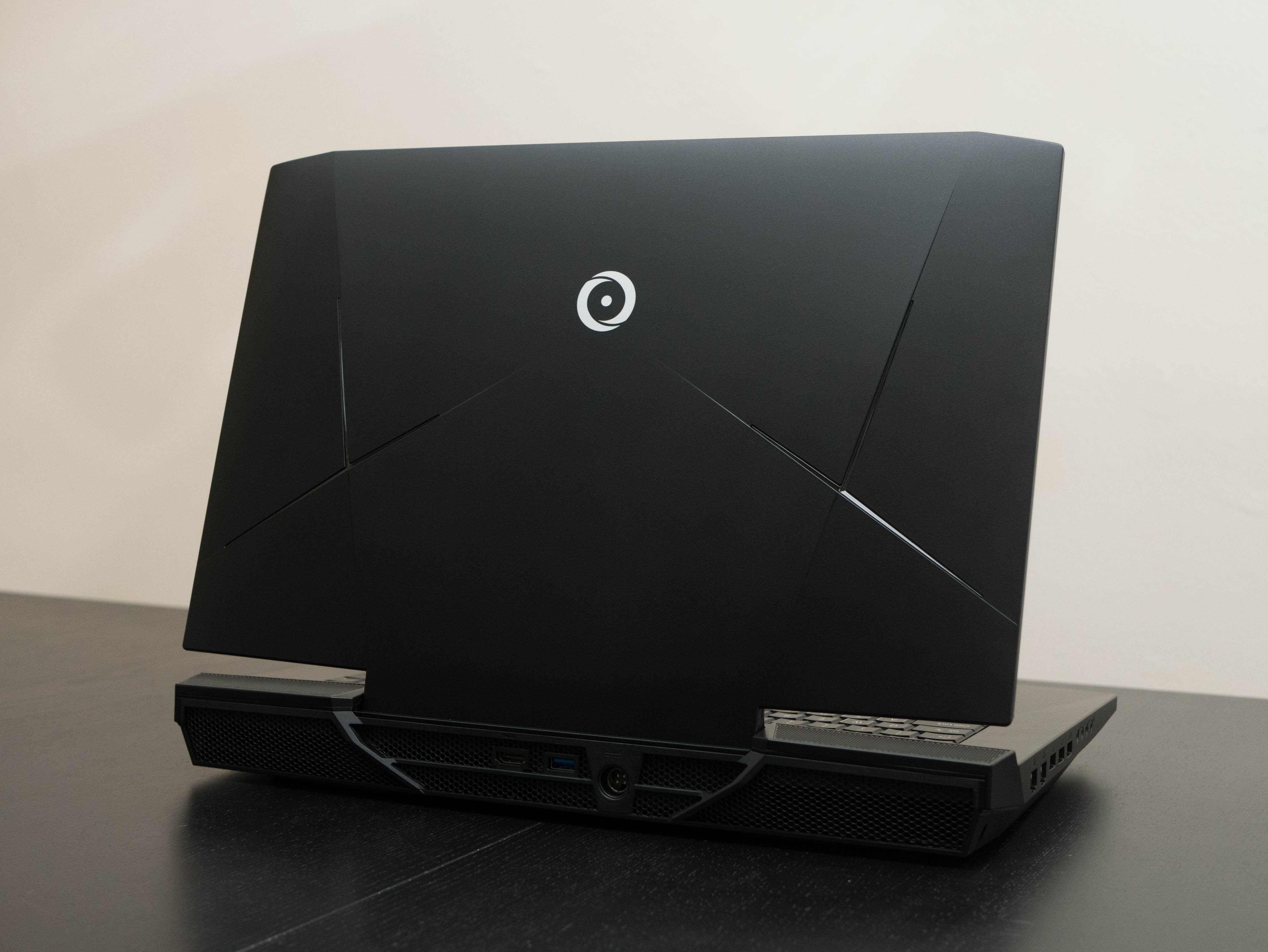
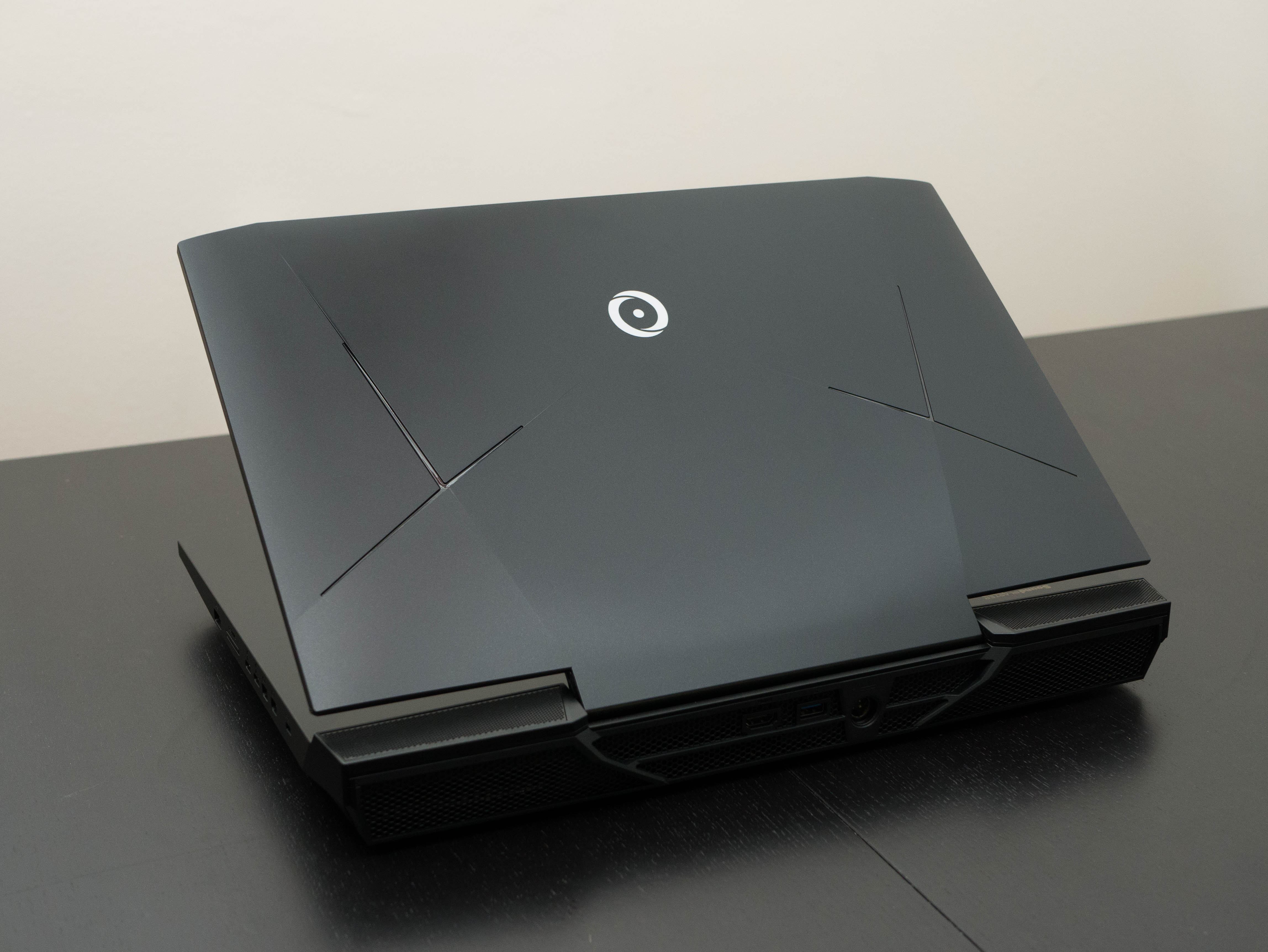
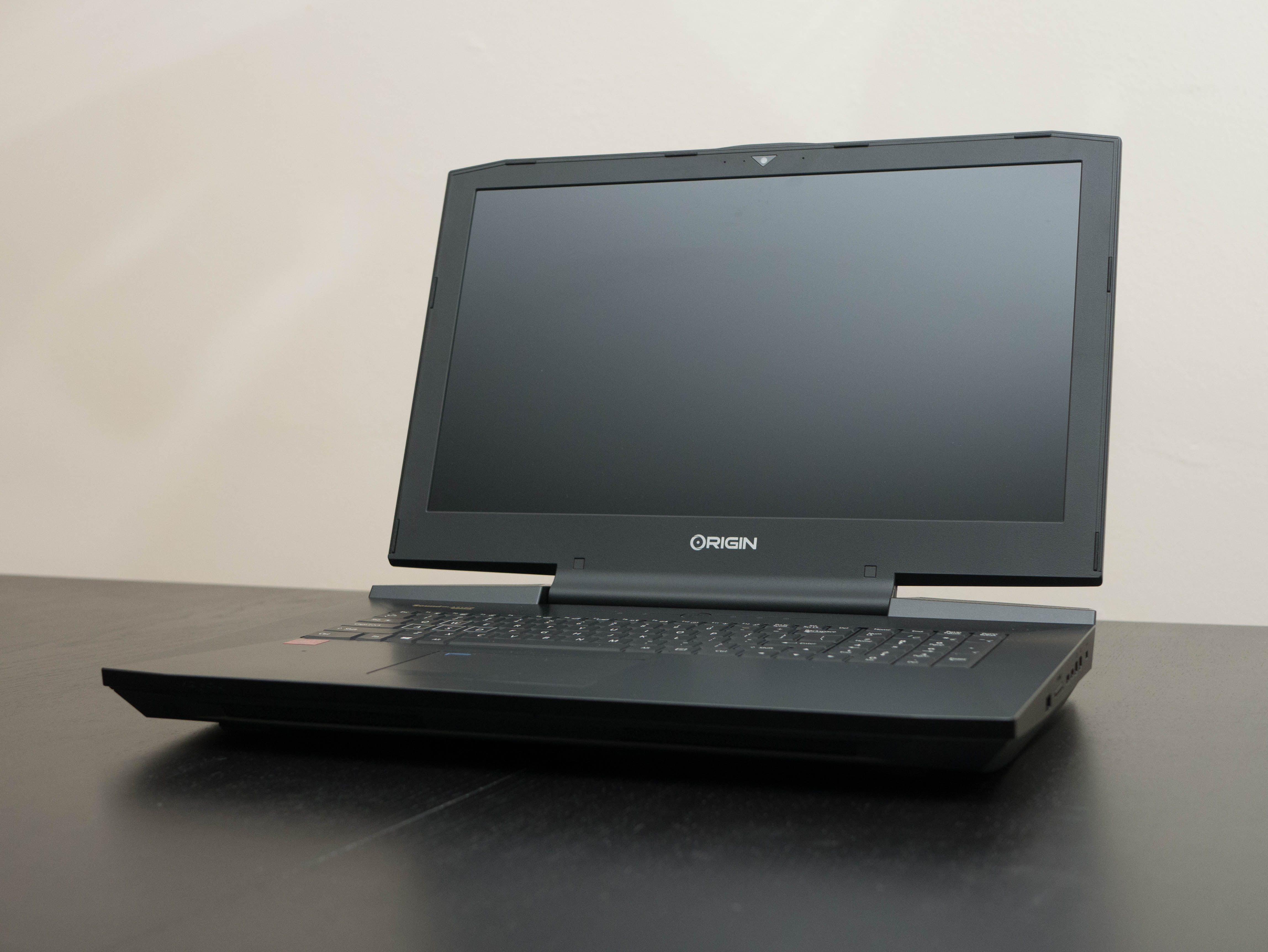
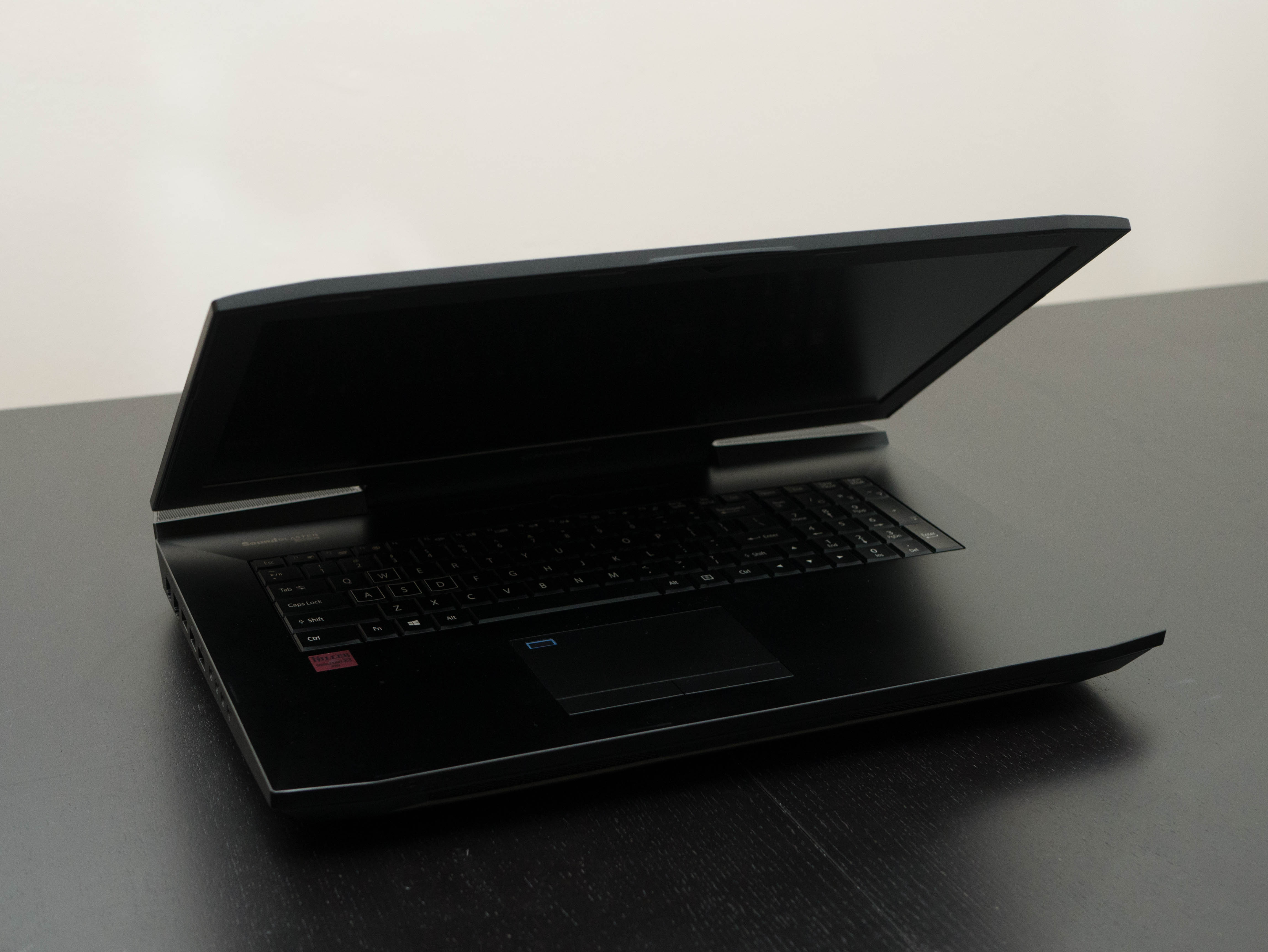

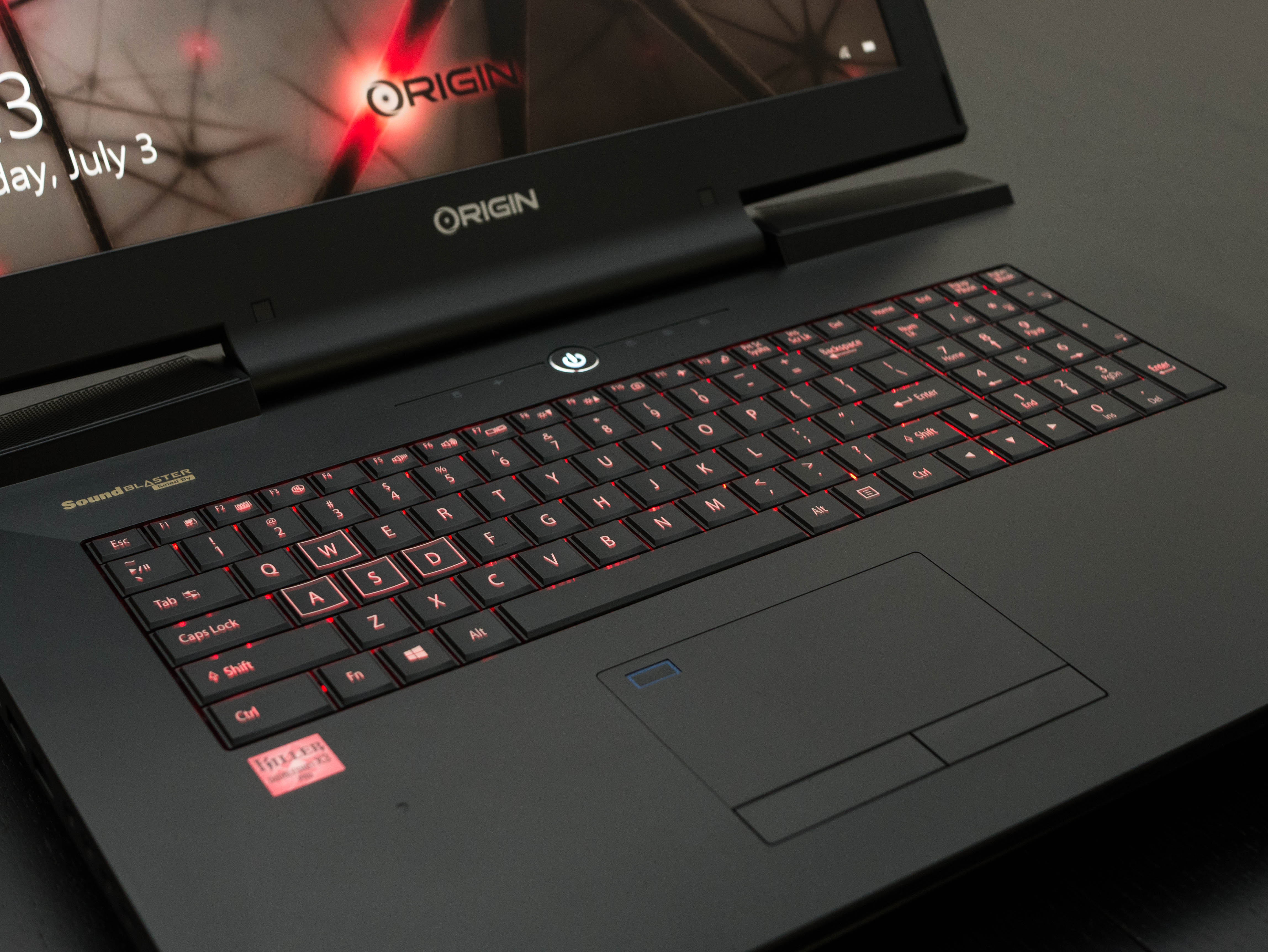



Unlike the Acer Predator 21 X, the Origin PC EON17-SLX isn’t a flashy showpiece. It’s a no-nonsense gaming powerhouse.
In synthetics, the EON17-SLX is second to none, besting the Predator 21 X in GPU-heavy workloads such as 3DMark, while trading blows with the Eurocom Tornado F5 in platform-based benchmarks. The Origin also produced the highest 128K sequential read speeds, making it not only the king of productivity, but of multimedia as well.
But you don’t consider a gaming laptop for productivity alone. Gaming comes first and foremost, and the Origin PC EON17-SLX doesn’t disappoint. The dual GTX 1080s turn Full HD into a cakewalk, with titles such as Alien: Isolation and Bioshock Infinite performing in excess of 100 FPS. Even Metro: Last Light Redux, a demanding game in years past, proves insignificant against the EON17-SLX’s prowess.
The EON17-SLX even stands tall at Ultra HD in all but the most demanding titles. One noteworthy example is The Division, where only the Origin laptop is capable of delivering 60 FPS.
Thermal dissipation proved to be one of the EON17-SLX’s biggest challenges, particularly because its cooling solution was responsible for maintaining both a desktop CPU and two GTX 1080s at safe operating temperatures. The graphics cards maxed out at 71° C after a 15 minute Furmark stress test, which isn’t alarming, but not quite as cool as the competition. The much larger Predator 21 X sports a more robust cooling solution, and the other systems simply consumed less power, thus generating less heat than the Origin.
The heat generated by the EON17-SLX is a result of power-hungry components. The Origin had the shortest battery life out of all competitors, and with SLI enabled, couldn’t even deliver an hour of game time. Disabling one of the GPUs only improves matters by about eight minutes, whereas less powerful systems such as the MSI Titan SLI was capable of at least 80 minutes of play time with one GPU disabled. The EON17-SLX simply wasn’t made to game while on the move.
While the Origin’s UHD IPS display exhibited great contrast, it had the lowest grayscale and color accuracy out of the bunch.The calibration profile only improved the grayscale accuracy, but imposed a detrimental effect otherwise. With and without the profile, RGB levels were imbalanced in favor of reds, and its high average gamma point results in oversaturation.
Get Tom's Hardware's best news and in-depth reviews, straight to your inbox.
Origin EON17-SLX’s chassis features an exclusively plastic build, but despite that it doesn’t compromise on build quality. The keyboard is comfortable to type on, the lighting effects are comprehensive, and the sound quality is outstanding. Our biggest complaint is M.2 storage access, which requires a full teardown to access. To a lesser degree, the touchpad felt lackluster, but you probably won’t use it much anyway.
This particular EON17-SLX comes in at $4,934, but you can drive the price down if you don’t include the wooden crate and Origin PC poster or find an Origin PC promo code. We would hardly call that affordable, but it’s still nearly half the price of the Predator 21 X, which is priced at a staggering $9,000. On top of that, it performs better nearly across the board, so if you can live without the 21-inch curved display and half the SSD storage volume, the Origin is a no-brainer. However, at this point you have to consider whether the additional performance is worth it. The MSI GT73VR Titan SLI and Eurocom Tornado F5 both offer outstanding performance as well, and they do so at $3,600 and $3,100, respectively. At nearly $5,000, you can build an outstanding gaming desktop with enough money left over for a budget or even modest gaming laptop.
MORE: Best Gaming Laptops
MORE: Gaming Laptop Previews
MORE: All Laptop Content